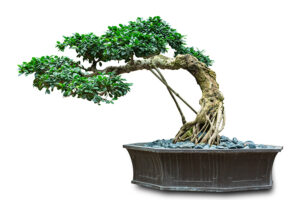YouTube
The BEST Place to Find Yamadori Bonsai!
Yamadori bonsai are trees that are collected from the wild, rather than grown from seeds or cuttings in a controlled environment. The term yamadori, which translates to “mountain collected” in Japanese, refers to the process of finding and collecting trees from their natural habitat in the mountains.
Yamadori bonsai are prized for their unique and often gnarled appearances, which are often shaped and formed by the harsh conditions of the mountains. These trees often have a sense of character and history that is not present in bonsai that are grown in a controlled environment.
However, collecting yamadori bonsai is not without its challenges. It requires a great deal of knowledge and skill to successfully collect and care for a yamadori tree. The bonsai artist must have a deep understanding of the tree’s natural habitat and the specific care it requires in order to thrive.
The process of collecting a yamadori bonsai tree typically involves finding a suitable tree in the wild, carefully digging it up, and then replanting it in a container. The tree must then be carefully pruned and shaped over time in order to create the desired form and style.
There are a few key considerations that the bonsai artist must keep in mind when collecting and caring for a yamadori bonsai tree. One of the most important is the tree’s root system. The roots of a yamadori tree are often damaged during the collection process, and it is important to carefully prune and shape the roots in order to encourage healthy growth.
Another important consideration is the tree’s potting soil. Yamadori bonsai often require special care when it comes to soil, as they may be accustomed to a different type of soil than what is typically used in bonsai. The bonsai artist must carefully select the right soil mix and carefully consider the tree’s watering needs in order to ensure its success.
Overall, yamadori bonsai are unique and highly prized trees that require a great deal of knowledge and skill to collect and care for. However, with the right care and attention, these trees can thrive and provide many years of enjoyment to their growers and viewers.







Leave a Reply
Your email is safe with us.
You must be logged in to post a comment.